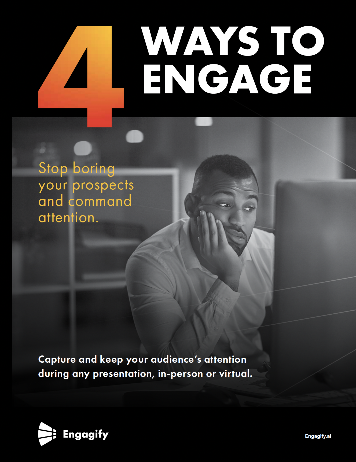When you share an idea, your goal is not only to inform but also to engage. Yet many messages miss the mark because they lean too far in one direction. Rely only on logic and you risk confusing or boring your audience. Focus only on emotion and you may overwhelm them without clarity. The real impact comes when logic and emotion work together.
1. The Trap of Too Much Logic
Complex explanations filled with details may feel necessary to the speaker, but to the audience they can be overwhelming. When people are forced to work too hard to understand, they often stop listening. Even valuable information gets lost if it is not easy to follow.
2. The Flatness of Oversimplification
On the other hand, stripping a message down to only the bare facts creates a different problem. An overly simple delivery may be clear, but it fails to spark curiosity or hold attention. The audience walks away with the information but without any reason to care.
3. The Chaos of Unanchored Emotion
Emotion is essential in communication, but without clarity to guide it, the message can feel confusing or manipulative. Listeners may respond in the moment, but without structure the meaning fades quickly. Emotion without logic has no staying power.
4. The Balance That Engages
The sweet spot is reached when a message is simple enough to understand and powerful enough to be felt. Clarity makes people lean in, while emotion makes them stay. This combination creates not only attention in the moment but also impact that lasts long after.
Closing Thought
Every time you share an idea, ask yourself: Is it both clear and felt? When you strike that balance, your message will not only be heard but also remembered.
This principle is at the heart of my book Engage First: Capture Attention, Build Trust and Drive Real Results, releasing October 7. It is filled with practical ways to ensure your communication creates impact that lasts. Pre-orders are now available here: Engage First on Amazon.





